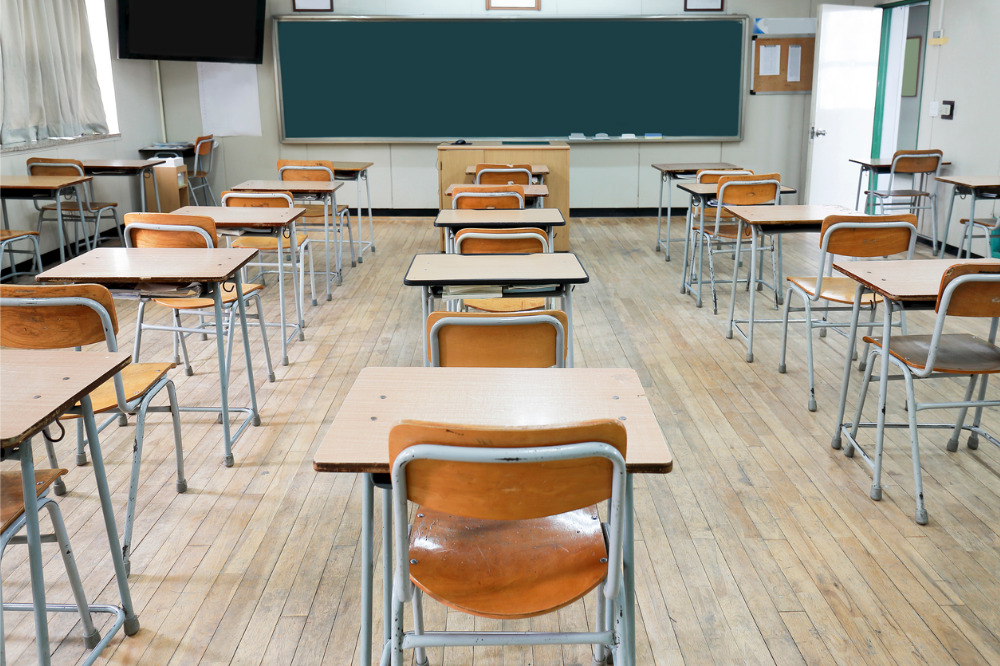
While natural disasters, armed conflict or social unrest have been disruptive to schools in countries around the world for decades, the level of educational disruption caused by the COVID-19 pandemic is greater than anything in modern history.
To examine the impact that the pandemic is continuing to have on schools, the International Association for the Evaluation of Educational Achievement (IEA) and UNESCO, together with the European Commission, have launched a landmark study.
Titled: ‘Responses to Educational Disruption Survey (REDS)’, the study aims to draw a more comprehensive picture of the pandemic’s impact on global education for teachers, principals, system leaders and policymakers.
The study seeks to answer the following overarching question: How were teaching and learning affected by the disruptions and how was this mitigated by the implemented measures, across and within countries?
According to UNESCO, more than 90% of all learners were affected by school closures caused by COVID-19 at the peak of the disruption.
Varying responses
The report noted that education systems around the world have varied in their responses to the crisis.
While some have introduced home schooling programs and remote learning, offering free online resources, others are delivering paper-based assignments to students’ homes or using public TV and radio broadcasting channels.
UNESCO also revealed a worrying lack in first-hand, internationally comparable information from schools, collected in a systematic and scientific manner. The organisation says this is needed for evaluating the extent to which teaching and learning have been challenged, continued, and adjusted as a result of the current crisis.
The new survey offers a unique opportunity to bridge this information gap by collecting internationally comparable data from governments, school principals, teachers and students on how they are prepared for distance learning in times of school closures, as well as during a subsequent re-opening phase, and what measures were implemented to provide all students with the opportunity to continue learning.
The study will target all different educational levels and will focus on topics around the preparedness for distance learning, available IT and educational resources, perceptions on the success of strategies, student engagement, as well as around inequalities in educational learning opportunities during the disruptions. Additionally, issues concerned with students’ and teachers’ wellbeing will be explored.
“While education systems are generally slow to change and reforms can often take years, the COVID-19 pandemic has created a massive pressure to expand digital learning quickly,” IEA executive director, Dr Dirk Hastedt said.
He said insights yielded from REDS will offer countries an opportunity to “rethink the overall purpose, role, content and delivery of education in the future”.
“For this reason, the study also aims to identify sustainable, transformational concepts that emerged from the crisis and may serve as good practice when schools re-open”.
Borhene Chakroun, director of division for policies and lifelong learning systems at UNESCO said REDS is designed to serve as a valuable source of information that will inform the policy and practice for more resilient education systems for the future.
“It will also inform them in their pursuit of the Sustainable Development Goal 4 on ensuring inclusive and equitable quality education for all, in particular targets 4.1 and 4.4”.


